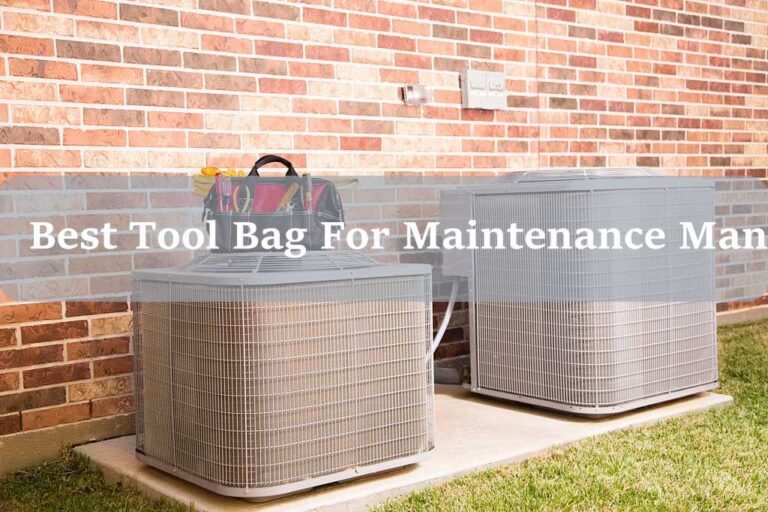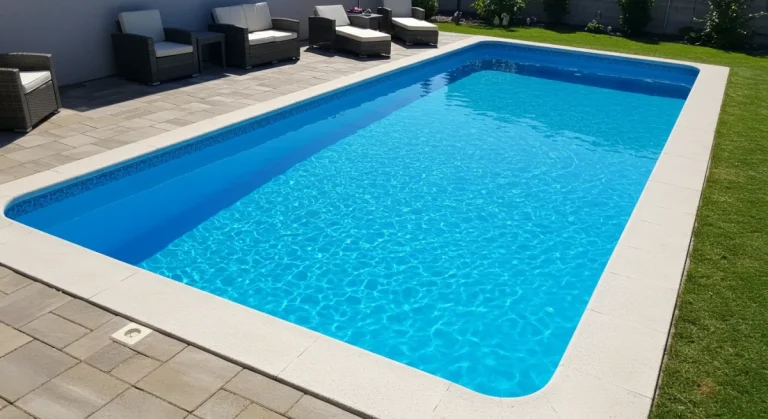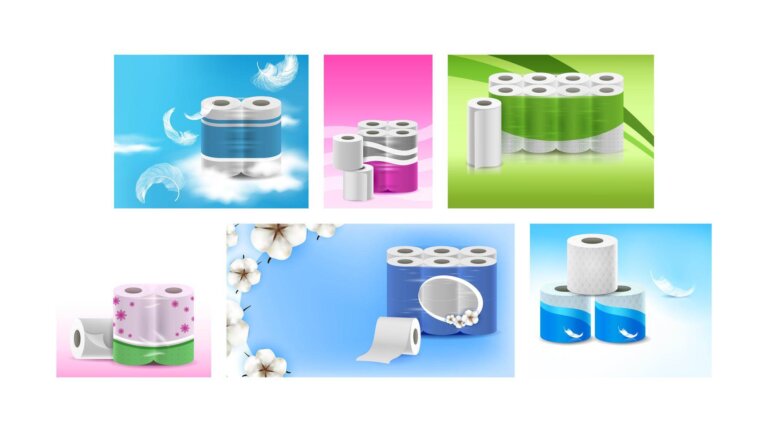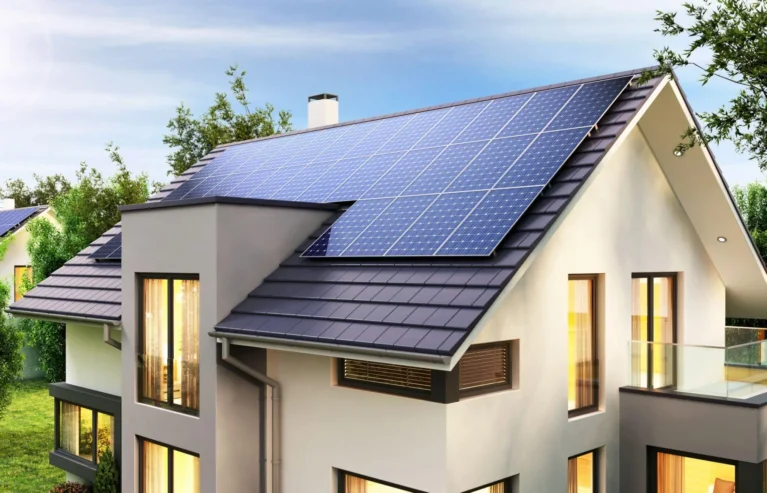Choosing the Best Hose for Filling Your Pool (An Expert’s Guide)
When I finally installed the pool I’d been planning for our backyard, I quickly realized the biggest challenge wasn’t the excavation or the setup—it was the fill.
My first instinct was to grab any old garden hose, but after doing some quick calculations, I was shocked. It could take several days to fill, and even worse, I learned that the wrong type of hose could leach chemicals into the fresh water. As someone who obsesses over getting the details right, I knew there had to be a better way.
So, I dove into the research myself, comparing hose diameters, flow rates, materials, and safety ratings. I wanted to master the process to get it done quickly, safely, and without wasting money. This guide is the direct result of that personal project. I’m sharing everything I learned—the shortcuts, the must-have features, and the mistakes to avoid—so you can benefit from my experience and get your pool filled the right way, right from the start.
Key Takeaways
- Prioritize Diameter: A ¾-inch hose is the single most important feature for a faster fill. It delivers significantly more water than a standard ⅝-inch hose.
- Demand Safety: Only use hoses clearly marked “Drinking Water Safe” or “Potable.” Standard hoses can leach harmful chemicals into your fresh pool water.
- Material Matters: A hybrid polymer hose (like those from Flexzilla) offers the best all-around balance of durability, kink-resistance, and manageable weight for this task.
- Check the PSI Rating: Look for a burst pressure rating of over 350 PSI. Your hose will be under continuous pressure for a day or more, so it needs to be tough.
- Use a Y-Splitter: To cut your fill time nearly in half, use a brass Y-splitter at the spigot to run two high-flow hoses at once.
Why Your Hose Choice Matters More Than You Think
I’ve lost count of the frantic calls I’ve gotten from new pool owners whose cheap vinyl hose sprung a leak 12 hours into a fill, flooding their yard. Or worse, from those who discover months later that their pool water chemistry is a mess because their hose leached contaminants into the water from day one.
Your hose isn’t just an accessory; it’s the primary delivery system for tens of thousands of gallons of water. The right hose fills your pool in a day, not three. The right hose protects your family and your investment by keeping the water pure. And the right hose won’t burst, kink, or crack under the relentless pressure of a multi-day fill.
The 4 Critical Features of a Pool-Filling Hose
When you’re shopping, ignore the flashy packaging and focus on these four core features.
Hose Diameter: The #1 Factor for a Faster Fill
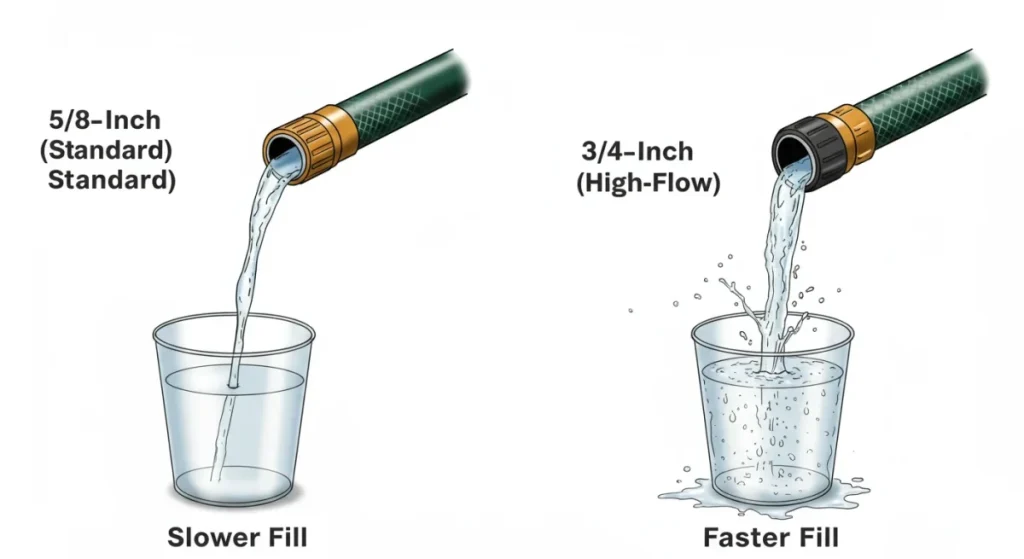
The most critical factor determining fill speed is the hose’s internal diameter. It directly controls the flow rate, which we measure in Gallons Per Minute (GPM).
Think of it like this: trying to fill a bucket with a drinking straw versus a milkshake straw. The wider the straw gets, the job done. A standard ⅝-inch garden hose might deliver around 12 GPM. A ¾-inch hose, however, can push out up to 23 GPM from the same spigot.
For a 15,000-gallon pool, that’s the difference between filling it in about 21 hours versus just 11 hours. That’s a massive time savings. Before you can even begin to estimate your fill time, you need to know your pool’s size. If you’re unsure, here’s how to calculate your pool’s volume in gallons.
Hose Material: Balancing Durability, Flexibility, and Safety
A hose’s material dictates its weight, durability, and, most importantly, its safety.
- Heavy-Duty Rubber Hoses: These are the tanks of the hose world. Brands like Continental and ELEY make commercial-grade rubber hoses that can withstand high pressure and extreme temperatures. They are incredibly durable but also very heavy and can be expensive.
- Hybrid Polymer Hoses: This is the sweet spot for most pool owners. A brand like Flexzilla has perfected this material, which is lightweight, incredibly flexible even in cool weather, and famously kink-resistant. It’s a durable and easy-to-manage choice for a long fill.
- Standard Vinyl Hoses: I strongly advise against cheap vinyl hoses for this job. They are lightweight and inexpensive, but they kink constantly, have low burst pressure ratings, and can easily crack when left in the sun, leading to catastrophic failure mid-fill.
The “Drinking Water Safe” Imperative
This is non-negotiable. A standard hose can contain lead, BPA, and phthalates that leach into the water as it passes through. This not only contaminates your pool from the very start but can also pose health risks. As health authorities like Nashville’s Metro Water Services point out, hoses not intended for drinking can release chemicals that are unsafe for human contact or consumption. Always look for packaging that explicitly states the hose is “Potable” or “Drinking Water Safe” and is NSF-certified.
Hose Length: Go Long, But Not Too Long
You need a hose long enough to comfortably reach from your outdoor spigot to the deepest part of your pool without being pulled taut. Measure this distance and then add about 10 feet for some slack.
However, avoid buying an excessively long hose. Water loses pressure due to friction as it travels through the hose. A 150-foot hose will have a noticeably lower GPM than a 75-foot hose connected to the same spigot. The goal is to find the right balance: long enough to do the job without stress, but not so long that you sacrifice precious water pressure.
Durability Ratings: Burst Pressure (PSI) & UV Resistance
Burst pressure, measured in Pounds per Square Inch (PSI), tells you how much pressure the hose can withstand before it ruptures. A typical home’s water pressure is 40-60 PSI. For a hose that will be running continuously for 24-48 hours, you want a huge safety margin. Look for a hose with a burst pressure rating of at least 350 PSI.
Furthermore, since the hose will be lying out in the sun, good UV resistance is key. This feature prevents the sun’s rays from degrading the material, which helps it stay flexible and resist cracking over time.
My Top-Rated Hoses for Filling a Pool in 2025
After years in the field, I’ve come to rely on a few specific models that get the job done right every time.
Best Overall for Speed & Safety: Flexzilla Pro Water Hose (¾-Inch)
I’ve personally used Flexzilla hoses on countless residential pool setups. Their hybrid polymer material is fantastic—it’s surprisingly lightweight for its strength and rarely kinks, which is a lifesaver when you’re maneuvering 100 feet of hose. It’s drinking water safe, has a high burst rating, and provides the excellent flow rate you need from a ¾-inch diameter.
The Heavy-Duty Champion: Continental Commercial-Grade Rubber Hose
If your top priority is bomb-proof durability for years to come, you can’t go wrong with a commercial rubber hose from a brand like Continental. This is the kind of hose you’d find on a construction site. It’s heavy, it’s an investment, but it will withstand almost any abuse and provide fantastic water flow.
A Word of Caution on Expandable Hoses
Expandable, “pocket” hoses are great for light watering, but you should never use one to fill a swimming pool. Their inner lining is made of thin latex or TPC, which is not designed for the prolonged, continuous pressure of a pool fill. They are notorious for bursting spectacularly under these conditions. Trust me, it’s a risk you don’t want to take.
Pro-Tips to Fill Your Pool Even Faster & More Safely
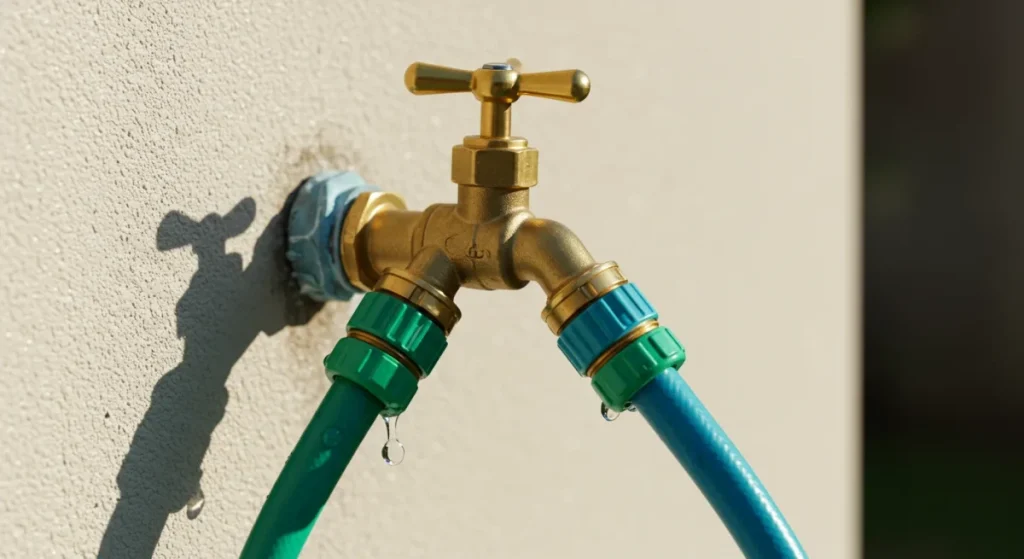
- The Two-Hose Technique with a “Y” Splitter: This is my favorite trick. Buy a simple, durable brass “Y” splitter from any hardware store. Attach it to your spigot, connect two high-flow hoses, and run them both into the pool. You will effectively double your GPM and cut your fill time in half.
- Securing the Hose to Prevent Liner Damage: A high-flow hose can whip around from the water pressure, potentially scuffing or even tearing a new vinyl liner. Place a soft, folded towel under the hose end in the pool, or use a rope to loosely tie it to your pool ladder.
- Protecting Your Home’s Water Supply: It’s a good practice to use a simple backflow preventer on your spigot. This device ensures that no pool water can be siphoned back into your home’s pipes or the municipal water supply. This is a crucial safety step recommended by water departments across the country, including the City of Phoenix Water Services.
How Your Hose Choice Impacts Fill Time and Cost
Ultimately, every feature we’ve discussed comes back to time and money. A ¾-inch, kink-free hose delivers more water per minute, which directly reduces the time needed to get your pool ready. To see exactly how a high-GPM hose affects your schedule, check out the average cost to fill a pool.
Of course, using thousands of gallons of water impacts your utility bill. We break down the average cost to fill a pool in our detailed guide so you can budget accordingly.
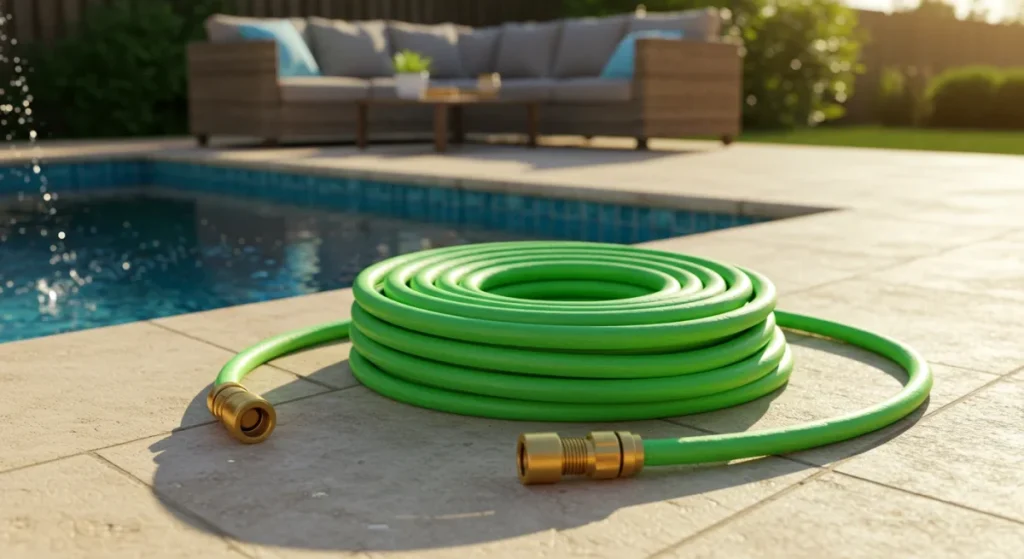
Frequently Asked Questions (FAQ)
What size hose is best for filling a pool?
A ¾-inch diameter hose is unquestionably the best choice. It delivers a much higher flow rate (Gallons Per Minute) than a standard ⅝-inch hose, significantly reducing the time it takes to fill your pool.
Is it safe to fill a pool with a regular garden hose?
It is only safe if the hose is specifically rated as “Drinking Water Safe” or “Potable.” Regular vinyl garden hoses can leach harmful chemicals like lead and phthalates into the water, which is unsafe for swimmers.
Which is better for filling a pool, a ¾” or ⅝” hose?
A ¾-inch hose is far superior. The wider diameter can increase the water flow by over 50%, saving you many hours of fill time.
How can I fill my pool faster with a hose?
Use a ¾-inch, kink-resistant hose. For maximum speed, use a brass Y-splitter at the spigot to connect and run two hoses into the pool simultaneously.
Are Flexzilla hoses a good choice for filling a pool?
Yes, Flexzilla hoses are an excellent choice. They are drinking water safe, kink-resistant, and relatively lightweight, and their ¾-inch pro models provide the high flow rate needed for this task.
The Final Verdict: Your First Fill Sets the Tone
Choosing the right hose is your first big decision as a pool owner. By investing in a high-quality, safe, and appropriately sized hose, you’re not just buying an accessory; you’re buying speed, safety, and peace of mind. It ensures that the very foundation of your summer fun—the water itself—is clean and ready for you to enjoy from the moment the fill is complete. Happy swimming!


